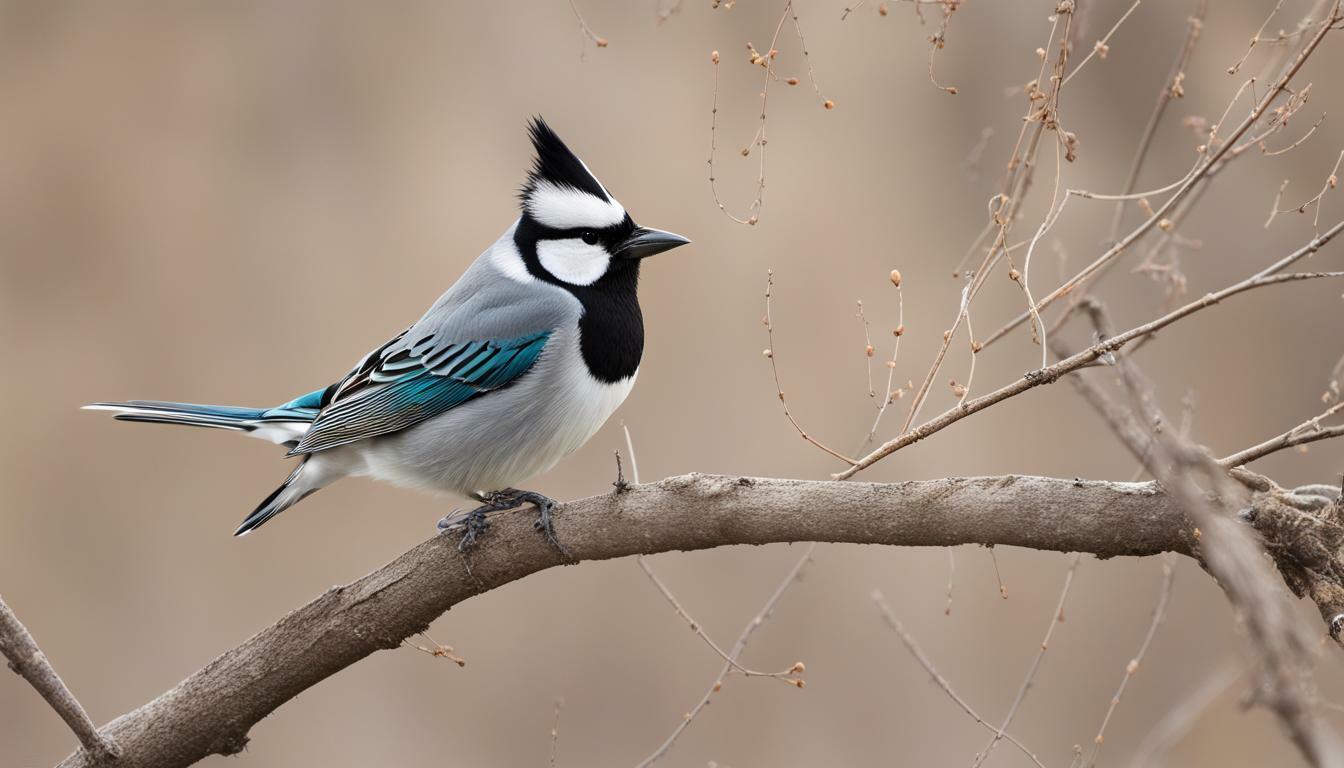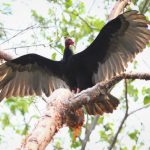Have you ever wondered if petting your feathered friend could cause sexual arousal? There is a common misconception that petting birds can make them horny, but the truth is more complex than that. In this section, we will explore the behaviors of birds and whether or not petting can elicit sexual arousal.
Bird behavior is influenced by a variety of factors, such as hormones, social interactions, and breeding cycles. While petting your bird can be a bonding experience, it is unlikely to cause sexual arousal. Instead, birds typically require specific reproductive cues to trigger sexual activity.
Key Takeaways:
- Bird behavior is complex and influenced by a variety of factors.
- Petting your bird is unlikely to cause sexual arousal.
- Reproductive cues are typically required to trigger sexual activity in birds.
Understanding Bird Reproduction and Sexual Behavior
Birds have a unique reproductive system that differs from mammals. They do not have external genitalia, and their reproductive organs are housed within their bodies. Understanding bird reproduction requires knowledge of their mating habits, breeding cycles, and the instinctual behaviors related to sexual arousal.
Bird Mating Habits
Birds have a diverse range of mating habits, from monogamous pairings to polygynous or polyandrous arrangements. Some species mate for life, while others may seek out new partners each breeding season. In some cases, birds may form communal breeding groups, where multiple males and females mate within the same group.
Male birds may use displays of color, song, or dance to attract a mate. Females often evaluate potential partners based on these displays, as well as the quality of their territory and nesting sites. Once a pair has formed, they may engage in courtship behaviors such as preening, feeding, or mutual displays of affection.
Bird Breeding Cycle
Birds follow a predictable breeding cycle, which varies depending on the species and environmental factors. Breeding typically occurs during the spring and summer months, when food and resources are more abundant. During this time, birds may engage in courtship displays, build nests, and lay eggs.
The length and frequency of breeding cycles also vary by species. Some birds may breed once per year, while others may have multiple breeding seasons throughout the year. The number of eggs laid per clutch can also vary, with some species laying only one or two eggs per clutch while others may lay up to ten or more.
Bird Sexual Arousal and Reproductive Instincts
Sexual arousal in birds is typically triggered by specific reproductive cues, rather than petting or other physical contact. These cues can include changes in day length or temperature, the presence of a mate or potential mate, or specific environmental stimuli such as the sight or sound of other birds mating.
Once sexually aroused, birds may engage in a variety of behaviors such as courtship displays, vocalizations, and copulation. These behaviors are largely controlled by instinctual drives, which are deeply ingrained in the bird’s biology.
Understanding bird reproduction and sexual behavior is crucial for providing appropriate care and maintaining their well-being. By providing appropriate nesting sites, food, and other resources, you can help support healthy breeding habits in your pet birds.
The Role of Petting in Bird Behavior
There is a common misconception that petting birds can make them sexually aroused. However, this is not entirely true. The sexual behavior of birds is complex and influenced by various factors, such as hormones, environmental cues, and social interactions.
While petting may not directly trigger sexual arousal, it can still play a significant role in bird behavior. Birds are social creatures, and physical contact with their owners can have a calming effect, reducing stress and anxiety. This is especially important for birds kept in captivity, as they may not have access to the same natural stimuli they would in the wild.
It’s essential to remember that every bird is unique and may have different responses to petting. Some birds may enjoy physical affection, while others may prefer to be left alone. It’s crucial to observe your bird’s behavior and body language to determine their preference.
In general, petting should be reserved for birds that have established a bond with their owners. Forcing physical contact on a bird that is not comfortable with it can cause stress and potentially harm the relationship between owner and bird.
Overall, while petting may not necessarily make birds sexually aroused, it can still play a crucial role in their behavior. Understanding your bird’s needs and preferences is essential for providing them with appropriate care and maintaining their well-being.
Factors Influencing Bird Behavior
Bird behavior is complex and influenced by a variety of factors, including hormones, environmental cues, and social interactions. Understanding these factors is crucial for providing appropriate care for your bird and recognizing normal behaviors versus abnormal ones.
One of the primary factors influencing bird behavior is hormones. Hormones play a significant role in triggering sexual behavior and reproductive instincts in birds. During breeding season, the levels of hormones such as testosterone and estrogen increase, leading to changes in behavior and vocalizations.
Environmental cues can also impact bird behavior, especially related to breeding cycles. Changes in lighting, temperature, and food availability can signal the start of breeding season and trigger reproductive behaviors in birds. Additionally, nesting materials and locations can influence where birds choose to mate and raise their young.
Social interactions are another important factor in bird behavior. Birds are social creatures and live in complex hierarchies, with certain individuals exerting dominance over others. Social cues such as body language, vocalizations, and physical contact can influence the behavior of individual birds and the group as a whole.
It is important to note that petting your bird does not typically trigger sexual arousal or reproductive behavior, as these behaviors are usually triggered by specific reproductive cues. However, physical contact can still have an impact on a bird’s behavior, as it can signal affection and trust.
The Role of Petting in Bird Behavior
Many bird owners wonder if petting their feathered friends can trigger sexual arousal. While it’s true that birds can exhibit sexual behaviors, such as regurgitating or opening their wings, petting is not a direct trigger for such behaviors. In fact, the reasons behind sexual behavior in birds are far more complex.
While petting may not directly cause sexual arousal, it can still have an impact on bird behavior. For example, birds may enjoy physical touch as a form of affection or bonding with their owners. However, each bird is unique, and some may not enjoy certain types of touch or handling.
Understanding Natural Bird Behaviors
To better understand the impact of petting on bird behavior, it’s important to have a basic understanding of their natural behaviors. Many birds have instinctual behaviors related to sexual arousal, such as courtship displays or nest-building. These behaviors are triggered by specific cues, such as changes in daylight or hormonal shifts.
However, not all birds exhibit these behaviors in the same way. Some may be more driven by instinct, while others may exhibit more social or learned behaviors. Additionally, the environment in which a bird is kept can also influence their behavior. For example, a bird that is kept in a stressful or unnatural environment may exhibit abnormal behaviors, such as excessive pacing or aggression.
Maintaining Bird Well-Being
As a bird owner, it’s important to provide your feathered friend with appropriate care that supports their natural behaviors and well-being. This includes providing a spacious and stimulating environment, a balanced diet, and opportunities for social interaction with both birds and humans.
While petting can be a form of bonding with your bird, it’s important to pay attention to their body language and signals to ensure that they are comfortable and happy. If a bird exhibits signs of stress or discomfort, such as biting or feather plucking, it’s important to consult with a veterinarian or bird behavior specialist.
Conclusion
In conclusion, petting birds does not directly cause sexual arousal. Rather, bird behavior is complex and influenced by various factors, including natural instincts, environmental cues, and social interactions. As a responsible bird owner, it’s important to understand and support your bird’s natural behaviors and provide them with appropriate care and attention.
Do Birds Experience Grief When Their Mate Dies?
Birds experiencing grief over dead offspring is a fascinating topic. While studies suggest that some bird species, like crows and magpies, may exhibit mourning behaviors when their mate or offspring dies, defining grief in birds is complex. Further research is needed to understand the full extent of their emotional experiences.
FAQ
Q: Do birds get horny when you pet them?
A: No, petting birds does not necessarily make them horny. Bird behavior is complex and influenced by various factors. Sexual arousal in birds is typically triggered by specific reproductive cues rather than petting.
Q: What factors influence bird behavior?
A: Various factors influence bird behavior, including hormones, environmental cues, and social interactions. These factors play a role in shaping avian sexual behavior.
Q: Is petting birds a common misconception?
A: Yes, it is a common misconception that petting birds can elicit sexual arousal. Understanding the natural behaviors of birds is important for providing them with appropriate care and maintaining their well-being.











